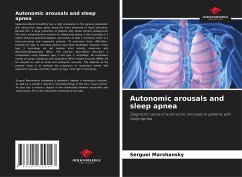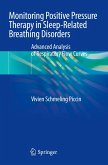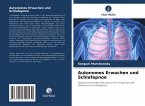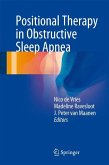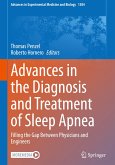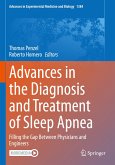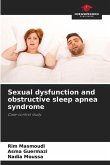Sleep-disordered breathing has a high prevalence in the general population, with obstructive sleep apnea being the most important of these disorders. Despite this, a large proportion of patients with apnea remain undiagnosed. The most comprehensive method for diagnosing apnea is the recording of a night's sleep by polysomnography, also known as type 1 recording, which is a time-consuming and expensive process. To overcome these difficulties, portable (or type 3) recording devices have been developed. However, these type 3 recordings do not capture brain activity, measured with electroencephalography (EEG). The present dissertation describes a comparative study between type 1 and type 3 recordings. All respiratory events of apnea, hypopnea and respiratory effort related arousals (RERA) will be analyzed as well as brain and autonomic arousals. The objective of the present study is to evaluate the proportion of respiratory events with autonomic arousals and their impact on type 1 and type 3 recordings.
Bitte wählen Sie Ihr Anliegen aus.
Rechnungen
Retourenschein anfordern
Bestellstatus
Storno

